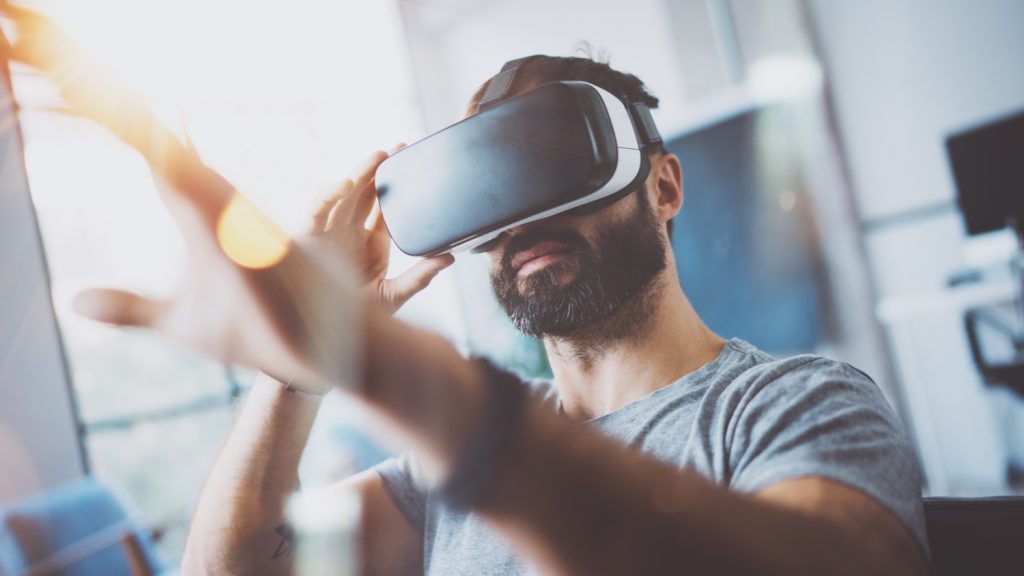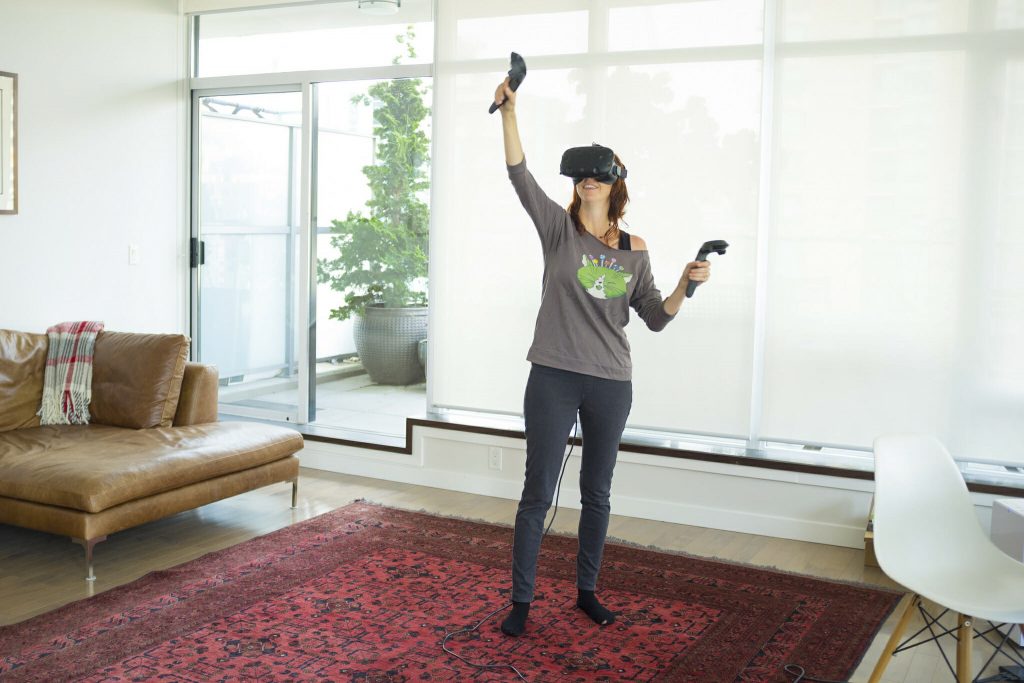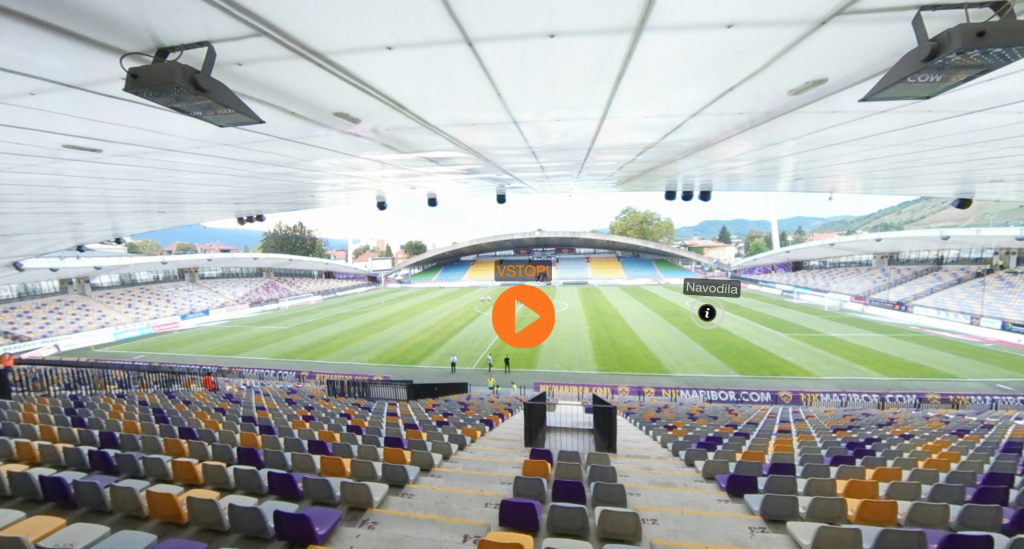Virtual reality started to gain traction back in 2016 when the original VR headset Oculus Rift and HTC Vive launched. Nowadays, there are a lot more games to play, and more headsets to choose from. Picking the right one is important, but you should keep in mind that almost all VR games are multiplatform, so your real choice isn’t between Oculus or Vive, it’s between tethered or wire-free. In this article, we will focus on wire-free VR headsets that are appropriate for business use.
Valve Index
There’s little doubt that the Valve Index is the next-generation VR headset people have been clamoring for: it has an ultra-crisp display that runs fairly well even with older GPUs, a wider field of view, a higher refresh rate and Valve’s ‘knuckle’ controllers, which can track the movement of every finger.
It’s by far the best virtual reality headset for gamers, but it’s also a great VR headset for business use as well. It offers a significant upgrade to the HTC Vive and runs much smoother than the Vive Pro.
While it’s game-orientated design means you might be paying for features you won’t be using in a business environment, and setting the thing up can be a bit of a pain, if you can look past those issues, this is a really good VR headset. Its higher-resolution screen and better refresh rate allowed us to use it for longer periods of time without discomfort, and the Index Controllers are a real step up from the ones that ship with the Vive.
It’s expensive, yes—and at the moment stock can be hard to come by—but for the gamers who want next-level VR, the Valve Index is the only way to go.
Oculus Quest
If you need to use VR on the road – for example visiting customers and clients at their offices – then you don’t want to be lugging around a VR-capable PC. That’s why the Oculus Quest is such a great headset. There are no wires and no pricey additional equipment requirements. The Quest delivers six degrees of freedom (6DOF) tracking thanks to its two motion controllers, which look like the older Oculus Touch with some minor design tweaks, as well as sensors located on the sides of the headset. It’s compact enough to carry around and comfortable to wear. The Quest has an OLED display panel with 1440 x 1600 per-eye resolution. Images on the screen look clear and colorful, and it’s powered by a Qualcomm Snapdragon 835 processor. Oculus Quest is definitely a good candidate for business use.
Pico Neo 2
The Pico Neo 2 is a standalone VR headset built for business. Going by the hardware specifications, it is an upgrade in many areas compared to the Oculus Quest. The Pico Neo 2 runs on Qualcomm Snapdragon 845 processor and has 6GB RAM. The display has a resolution of 3,840 × 2,160 total (1,920 × 2,160 per eye). For comparison, the Oculus Quest has a resolution of 2,880 x 1,600 total (1,440 x 1,600 per eye). The Neo 2 only has a single LCD panel though, while the Quest has dual OLED panels. The lenses and field of view aren’t much different when compared to the Quest. Both are fresnels and have a field of view of around 101 degrees.
One feature I like about the Neo 2 over Quest is that it has a storage expansion slot on top of the headset. The Neo provides 128 GB on-board storage, but if needed, you can put in your own SD card for up to 256GB of extra storage.
The Pico Neo 2 is currently the most powerful 6DoF standalone headset out there, and I think that having specifications like leading resolution in a standalone headset and in such a small form factor with wireless content streaming is pretty impressive.
Pico G2 4K
In all aspects of the Pico G2 4K you will find that it is made for business use. It supports 3DoF at a 4k resolution. The ease of use in combination with the high resolution makes the Pico G2 4K VR headset worth to buy for all-in-one vr headset in the market for business use. Training, events, experience centers, onboarding, it will all be a lot easier with the Pico G2 4K.
Furthermore, the Pico G2 4K supports kiosk mode for VR. This means that the VR headset can be set up in such a way that the desired application is opened immediately upon start-up. This is very useful for business use because it ensures that users cannot get lost. This reduces the support that is needed in the rollout. The Android operating system also allows you to easily implement remote device management.
HTC Vive Focus Plus
For a much higher price point, the Vive Focus Plus ekes past the higher-selling Quest in its FOV, refresh rate, and other important specs. It offers impressive features for specialized users: a kiosk mode for showcases, a wireless connection to PC VR games, and a subscription option for a larger library of games.
HTC markets the Vive Focus Plus as being “for the enterprise use” in North American and European markets, but as a consumer product in Asia. While the all-in-one wireless Oculus Quest has received rave reviews and has sold very well in the west, the Vive Focus Plus has been overlooked by most casual buyers. Whether you want a VR headset for business or pleasure, the Vive Focus Plus shouldn’t be ignored.





